Online shopping provides a quick and convenient way to purchase products, and this is especially true for the...
Phlebotomy Supplies
Vitality Medical offers medical practitioners a wide variety of phelbotomy supplies, including needles and tubes, lancets, bags, personal protective equipment, infection control items, tourniquets, gauze, bandages, tape, accessories, and much more. Backed by popular demand, Vitality offers top brands, such as BD Vacutainer and Monoject. Find everything needed for a seamless process today.
Shop By Category
-
Most Popular
-
On Sale
Available Phlebotomy Supplies List and Descriptions
Blood Collection Needle System Details
Syringe Systems
These systems are made up of a plastic syringe with a luer-lock tip and a hypodermic needle (a syringe needle that has been sterilized). After the collection is completed, the blood is transferred into an evacuated tube. This is the most common method.
Multi-Sample Blood Collection Needles
These items have two needles, one that punctures the vein and one that is inserted into an evacuated tube. This allows more than one sample to be taken with just one puncture because the evacuated tube can be replaced during the procedure. One especially popular example of this needle type is the
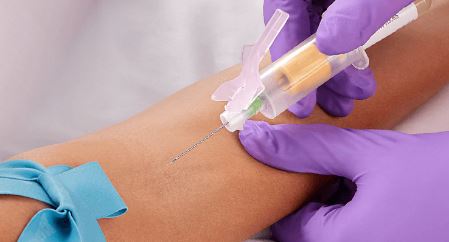
Evacuated Tube System
This depository system prevents contamination of the sample. This is because it works as a closed system in which blood is collected through the needle and deposited directly into a tube.
Butterfly Needles
These winged needles are used for infants and children, and adults who have very small veins that are especially difficult to extract blood from.
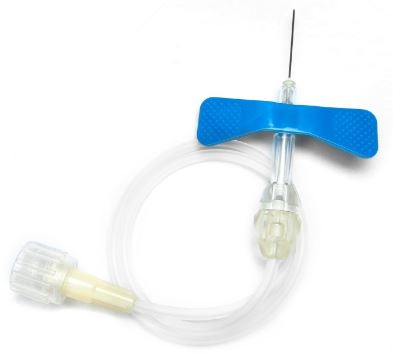
Needle Gauges
Needles come in various sizes and should be fitted to the patient's vein size so as to prevent vein tears and cell damage. Sizes winged (butterfly) 22 - 23 are routinely used for neonatal, pediatric, elderly, and small vein adult patients, while 22 gauge can typically be used for any of these patient groups, except neonatal. 21 gauge is the standard size used for adult patients with average-sized veins. Sizes above this are sometimes used for adults who have larger veins.
Blood Sample Collection Tube Types
EDTA (Lavender, Pink, Royal Blue)
EDTA acts as an anticoagulant and can be used for various purposes. The lavender-capped tubes, such as the BD Vacutainer EDTA Tubes, are usually used for hematological purposes, complete blood count, and molecular tests. Pink tubes tend to be preferred for tests done at blood banks. The dark blue vials are used for trace element analysis, immunohematology testing, or whole hematology determination. Not all royal blue cap-topped tubes contain EDTA. The test type will determine which type is used.
Culture Bottles
These bottles are used to expose bacterial growth that may have occurred in a blood specimen.
Serum Separator Tube (Gold)
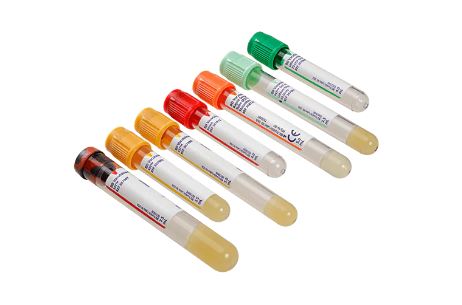
They contain both a clot activator and a serum gel separator. This bottle type has a diverse range of uses. They are used for countless purposes in a diverse range of fields, including immunology, serology, chemistry, and much more. Plastic and glass versions may be used for different purposes. The glass version of these commonly used bottles can be found here.
No Additive (Red)
These tubes do not contain an anticoagulant. They are typically used for drug level tests, serum determinations, and chemistry tests, and for blood bank purposes.
Sodium Citrate (Light Blue)
Sodium citrate acts as a preservative and a reversible anticoagulant. Sodium citrate tubes are usually used for coagulation determination and PT and PTT studies.
Potassium Oxalate/Sodium Fluoride (Grey)
Potassium oxalate acts as an anticoagulant while sodium fluoride acts as a preservative. These are used for glucose preservation and glucose tolerance testing.
Sodium Heparin or Lithium Heparin (Green)
These are used for special tests for heparinized plasma and plasma determination.
Safety Lancet Devices
lancet needles are sometimes used instead of butterfly needles for infants and small children. This is because these devices give the patient a very brief prick for blood draw that tends to be less painful than a standard needle stick. These devices are used on the heel or finger. Due to the quickness of the event and reduced pain, lancets often make the event less stressful for infants and children.
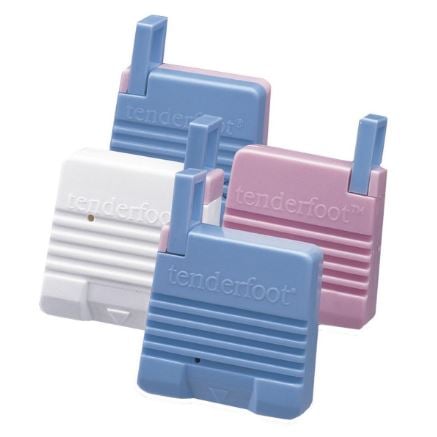
Blood Collection Bags
These bags are used for the collection, process, and storage of blood. They are another example of a closed system. They also have the ability to store larger quantities. One such system is the 600 mL Teruflex Blood Bag System.
Tourniquets
Tourniquets are stretchable rubber straps. They are used to compress the vein to prevent blood flow to the heart and enlarge the vein so it is easy to see for puncture. A variety of tourniquet options can be found here.
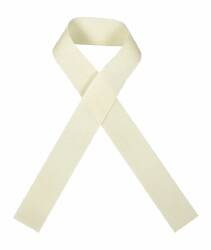
Personal Protective Equipment and Infection Control
Both the health care professional and the patient whose blood is being drawn need to be protected throughout the process. This means the equipment and environment must be kept in highly hygienic conditions and protective equipment must be used to prevent contamination and pathogen exposure. Such equipment includes (but is not limited to) protective gloves, alcohol prep pads (such as these CURITY Prep Pads by Covidien) for site cleansing, and disinfectant wipes for environment sanitization.

Post-Collection Items
Once the health care professional has completed the process, they will need to care for the draw site. Gauze is needed to stop any bleeding. Pressure should be applied for two minutes or longer. Once the bleeding has stopped, a bandage or gauze and tape or should be applied to protect the wound.
Phlebotomy Accessories
Accessories such as storage items, sharps containers, and phlebotomy chairs are also frequently deemed necessary. Users may want to consider this Tube Rack by Health Care Logistics for tube storage.
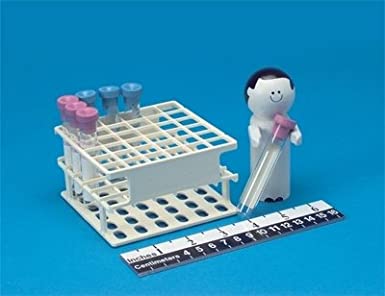
Evacuated Blood Collection Systems
Evacuated blood collection systems are closed systems, which means they never allow blood to be exposed to air or contaminants. Blood is collected directly from the vein and inserted into a vial via a vacuum container. This reduces common errors such as contamination and blood to additive ratio issues. These systems make test results far more accurate.
Frequently Asked Questions
What Phlebotomy supplies are needed for a phlebotomy class?
At a minimum, phlebotomy supplies for students include needles, tubes, a tube holder, protective gloves, a tourniquet, iodine or alcohol to cleanse the patient's skin, gauze, tape. Check your class-specific list to determine what supplies are necessary.
What Phlebotomy system is commonly used for venipuncture?
The syringe and hypodermic needle is the most common means of extracting blood.
Are blood collection tubes sterile?
Yes, blood collection tubes, such as the plastic BD Vacutainer, are sterile on the inside.
How is blood transferred to an evacuated tube?
A vacutainer is attached to a tube. The syringe is then inserted into the vacutainer for closed-system storage.
What blood tube colors are for which test?
This question is answered in detail above under the "Blood Sample Collection Tube Types" header.
Sources
 Ashcraft, Jenette. What Equipment Does A Phlebotomist Use?. 2019.
Ashcraft, Jenette. What Equipment Does A Phlebotomist Use?. 2019.
 University of California, Irvine School of Medicine. SPECIMEN REQUIREMENTS/CONTAINERS.
University of California, Irvine School of Medicine. SPECIMEN REQUIREMENTS/CONTAINERS.
 University of Mississipi Medical Center. Specimen Collection Tubes. 2001.
University of Mississipi Medical Center. Specimen Collection Tubes. 2001.
 World Health Organization. Best practice in phlebotomy and blood collection. 2010.
World Health Organization. Best practice in phlebotomy and blood collection. 2010.
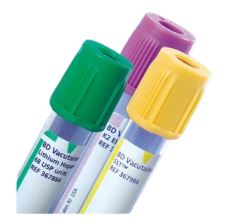


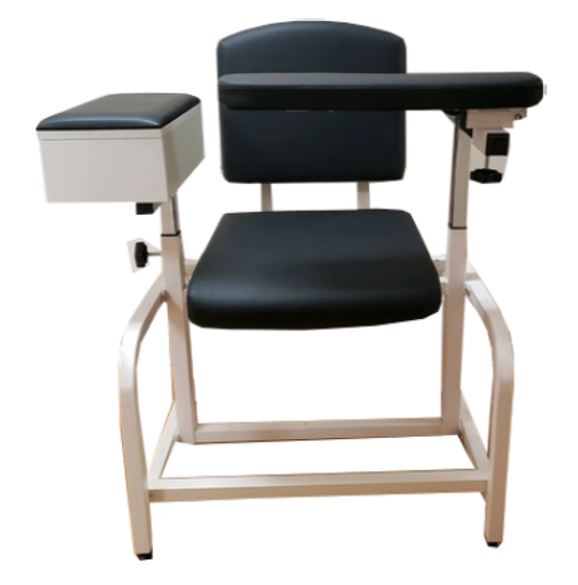
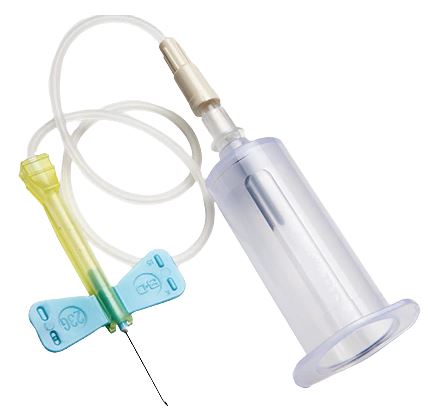
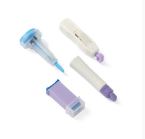

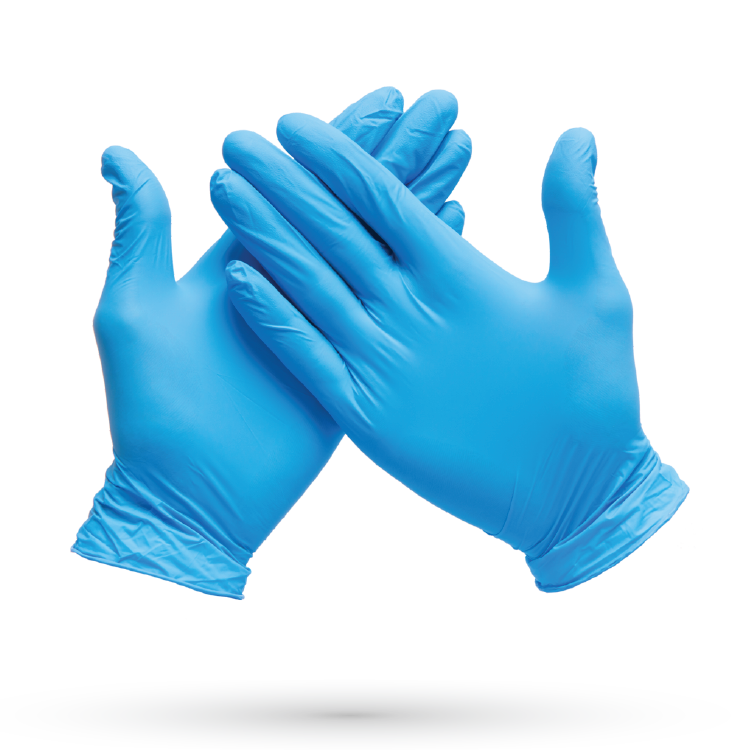
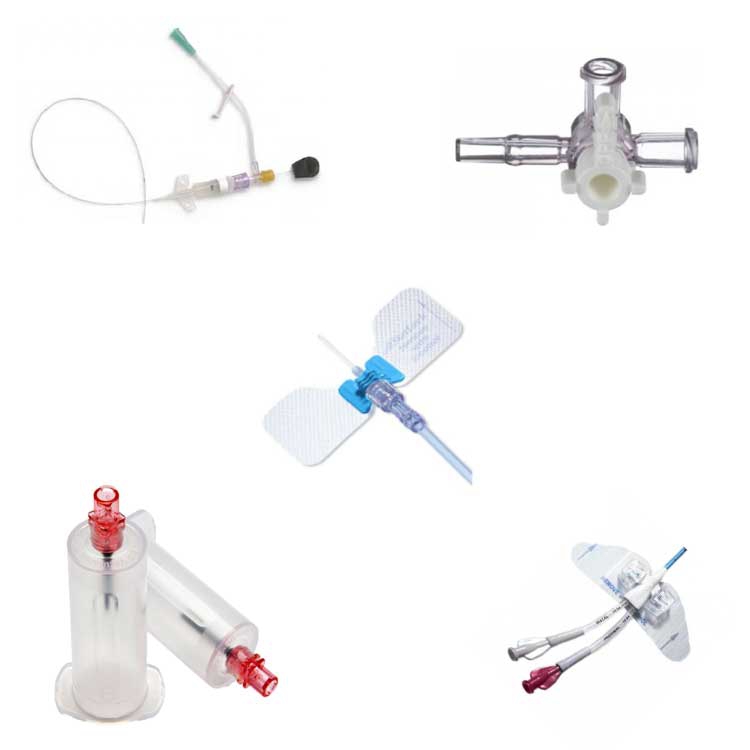
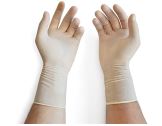
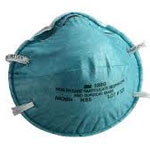
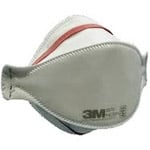
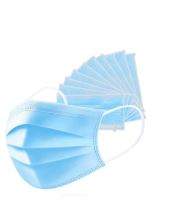
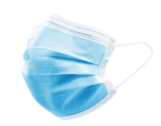
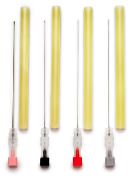
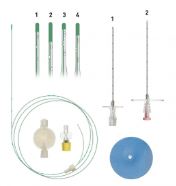
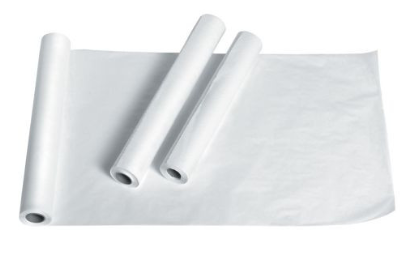

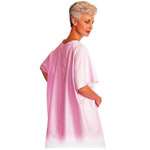
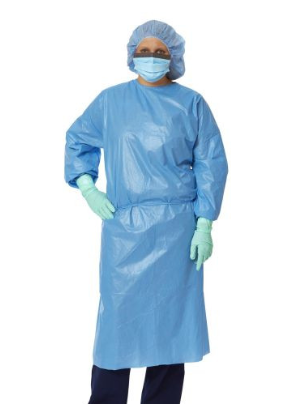
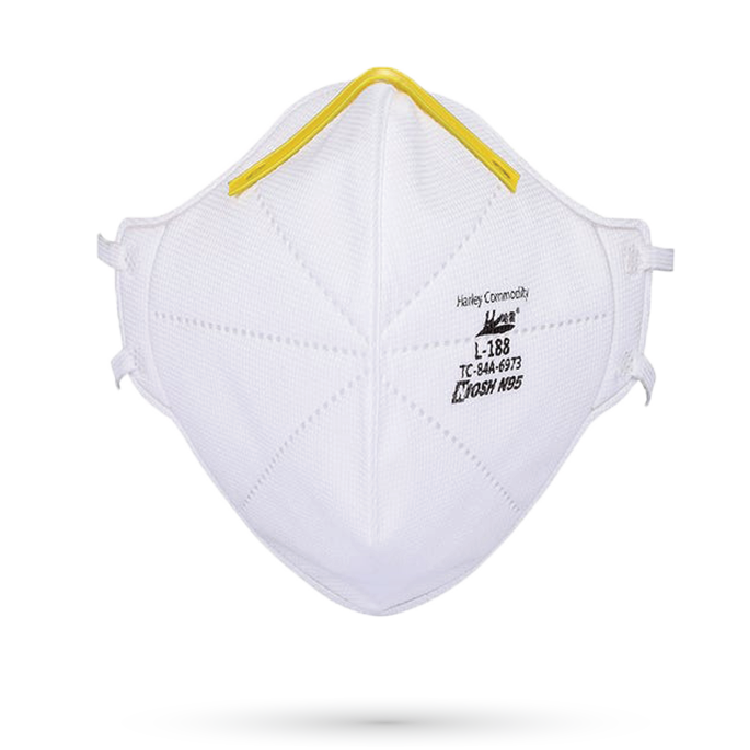
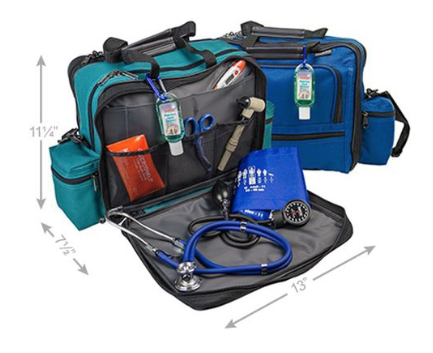
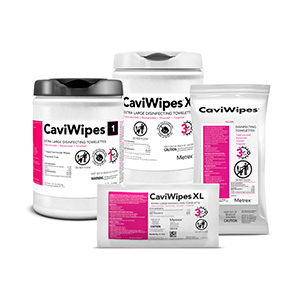
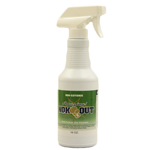
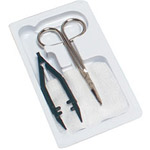
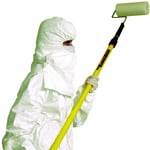
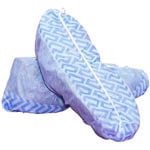
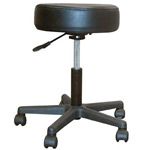
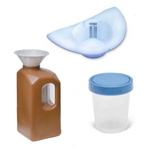
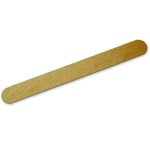
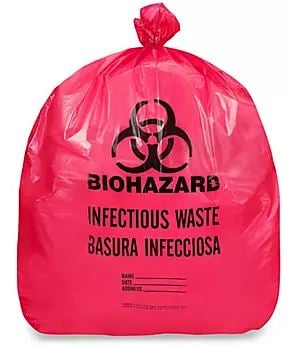
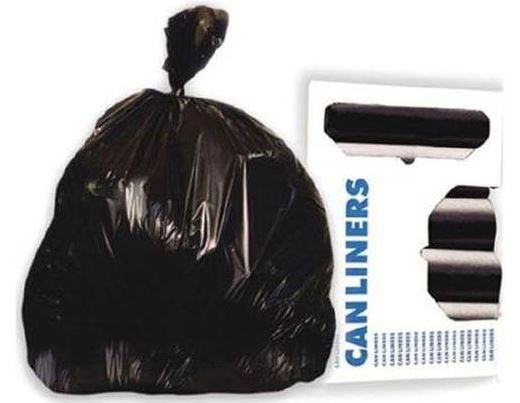
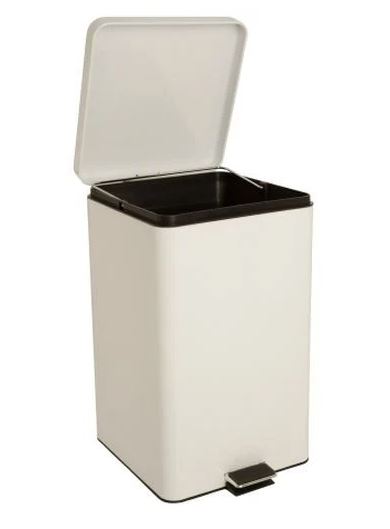
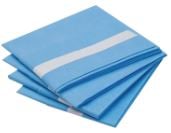
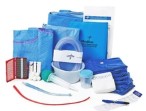

Login and Registration Form